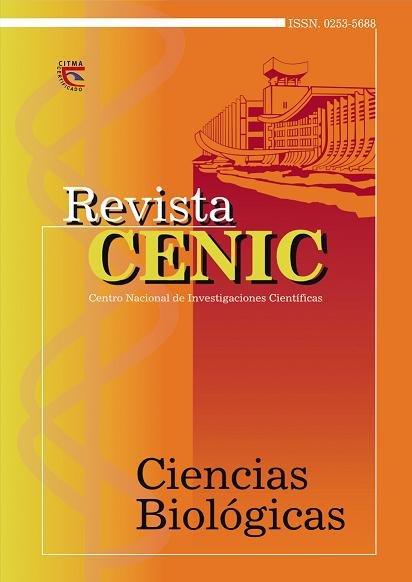Auditory stimulus calibrator
Abstract
The sound intensity control is very important in auditory stimulation because it can modify the electrical brain activity . Fbr that reason, an appropriate acoustic calibration of stimulators for auditory evoked potentials studies is indispensable . The commercial sound cards (Sound Blaster) that are included in the computer multimedia kits are a good stimulator option . Nevertheless, in occasions they don't allow a precise control of the sound intensity. This paper describes the SoundCal board and the Borland Pascal
libraries developed to calibrate the Sound Blaster's audio outputs which are used in auditory stimuli generation . The board is inserted in one of the computer ISA slots and writing and reading operations of its four ports of communication of 8 bits controls it . It also described, the steps of the calibration process, using the SoundCal board and the calibration algorithm . The SoundCal board lets introduce over 80 dB attenuation (1dB steps) in such audio outputs . The developed system can adapt easily to any of the commercial sound board and different earphones . At present time, SoundCal board is being used as a MindTracer complement, which is a stimulator developed at Cuban Neuroscience Center.
Downloads

Downloads
Published
How to Cite
Issue
Section
License

This work is licensed under a Creative Commons Attribution-NonCommercial-ShareAlike 4.0 International License.
Los autores que publican en esta revista están de acuerdo con los siguientes términos:
Los autores conservan los derechos de autor y garantizan a la revista el derecho de ser la primera publicación del trabajo al igual que licenciado bajo una Creative Commons Atribución-NoComercial-CompartirIgual 4.0 Internacional que permite a otros compartir el trabajo con un reconocimiento de la autoría del trabajo y la publicación inicial en esta revista.
Los autores pueden establecer por separado acuerdos adicionales para la distribución no exclusiva de la versión de la obra publicada en la revista (por ejemplo, situarlo en un repositorio institucional o publicarlo en un libro), con un reconocimiento de su publicación inicial en esta revista.
Se permite y se anima a los autores a difundir sus trabajos electrónicamente (por ejemplo, en repositorios institucionales o en su propio sitio web) antes y durante el proceso de envío, ya que puede dar lugar a intercambios productivos, así como a una citación más temprana y mayor de los trabajos publicados (Véase The Effect of Open Access) (en inglés).














